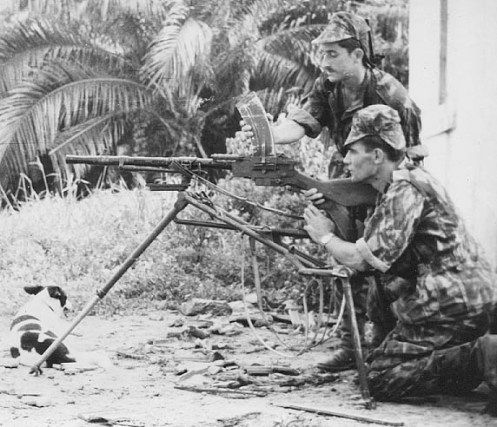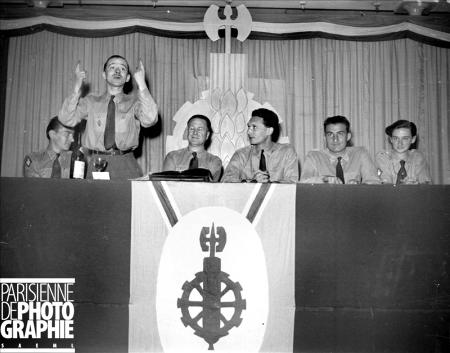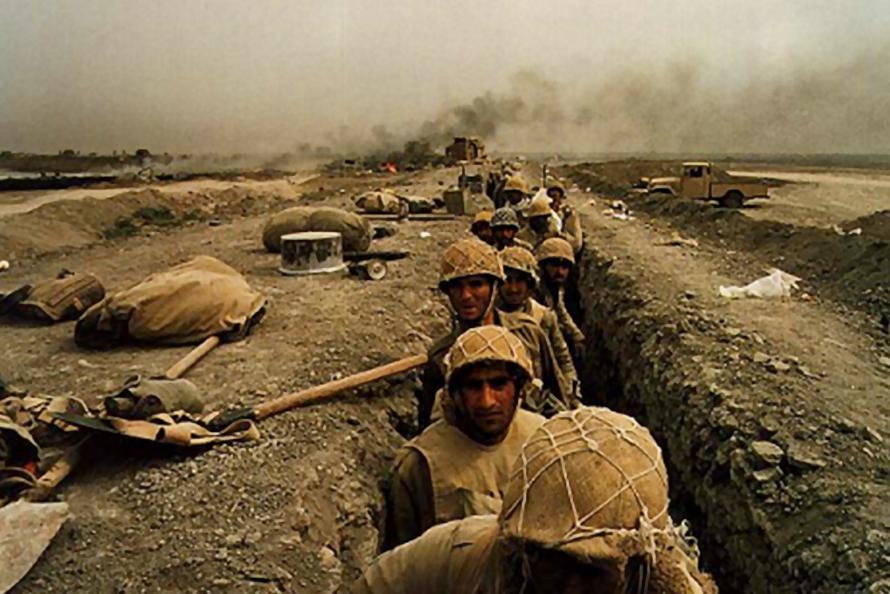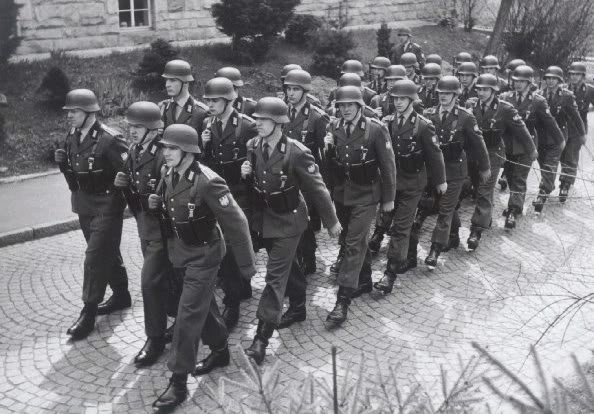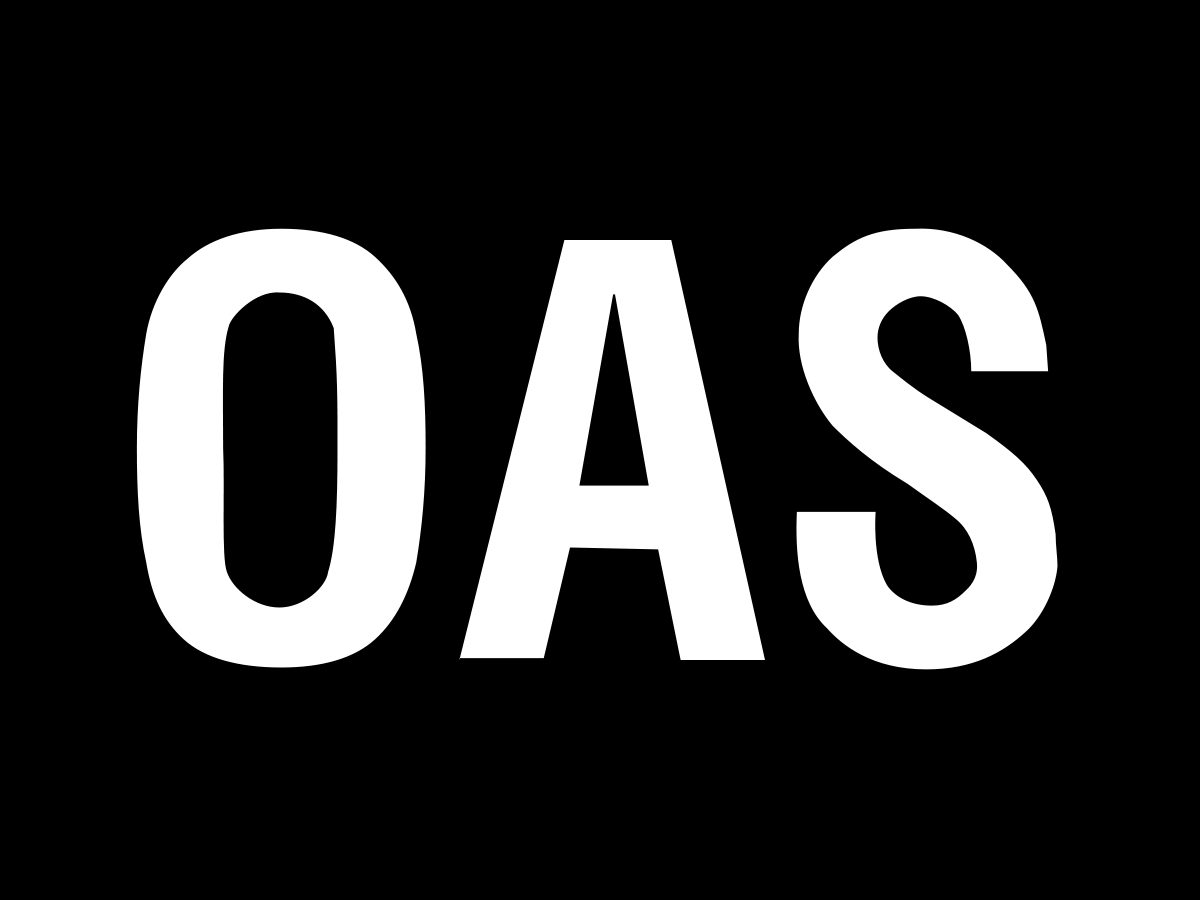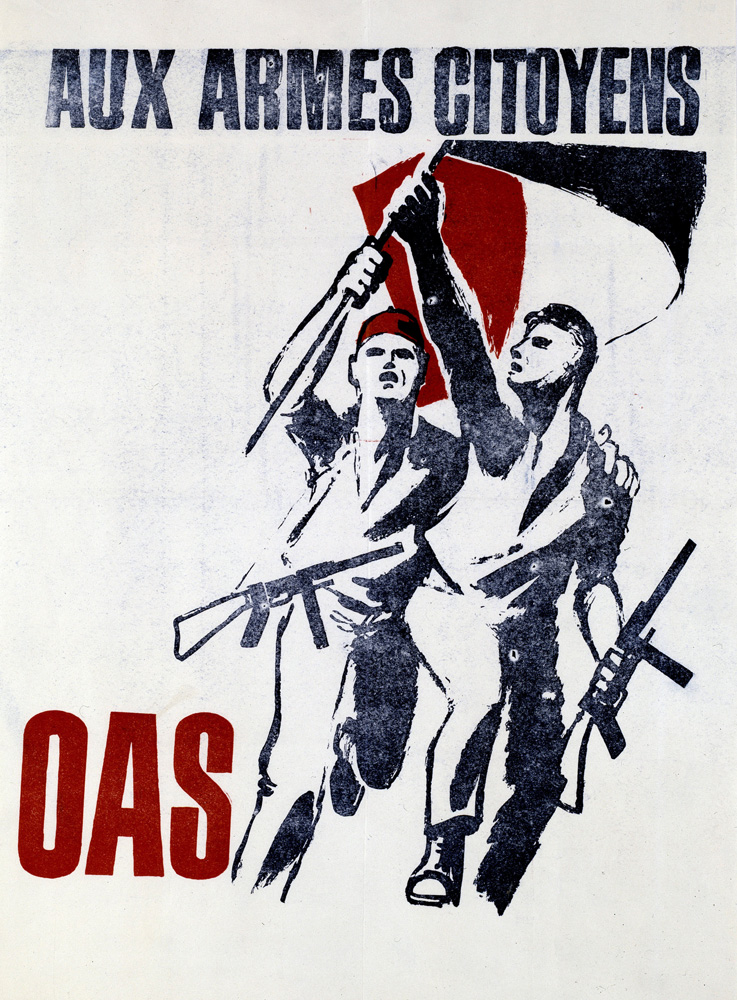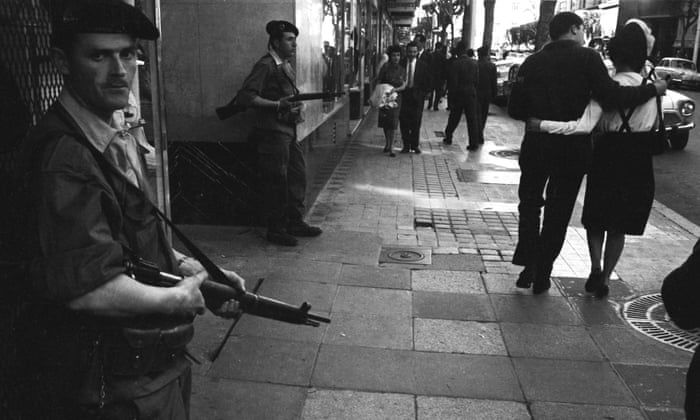AeroTheZealousOne
Monthly Donor
August 21, 1962: A well-planned general uprising occurs in Poland, removing the remaining Nazi occupiers from Warsaw and terminating the rule of the Generalgouvernment. With the Third Reich embroiled in its own four-way conflict, there is very little anyone can do about it for the time being.
August 22, 1962: Reichskommissariat Madagaskar, holding itself together by a miracle since the beginning of the Civil War, falls apart between the loyalists to Emil Maurice, opposing forces in the Wehrmacht, local freedom fighters for an independent Madagascar, and Jewish Hitnagdut partisans.
August 24, 1962: Egypt's King Farouk I is spotted out shopping in New York City, not too far away from Times Square. Articles regarding this sighting appear in tabloid newspapers across the country, and speculation as to what else may be up to is abound within the pages.
August 22, 1962: Reichskommissariat Madagaskar, holding itself together by a miracle since the beginning of the Civil War, falls apart between the loyalists to Emil Maurice, opposing forces in the Wehrmacht, local freedom fighters for an independent Madagascar, and Jewish Hitnagdut partisans.
August 24, 1962: Egypt's King Farouk I is spotted out shopping in New York City, not too far away from Times Square. Articles regarding this sighting appear in tabloid newspapers across the country, and speculation as to what else may be up to is abound within the pages.




